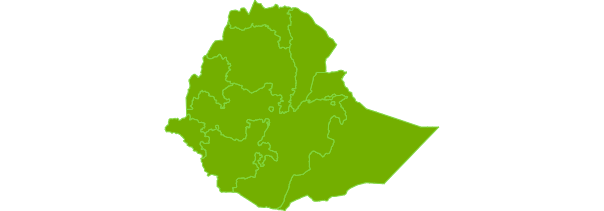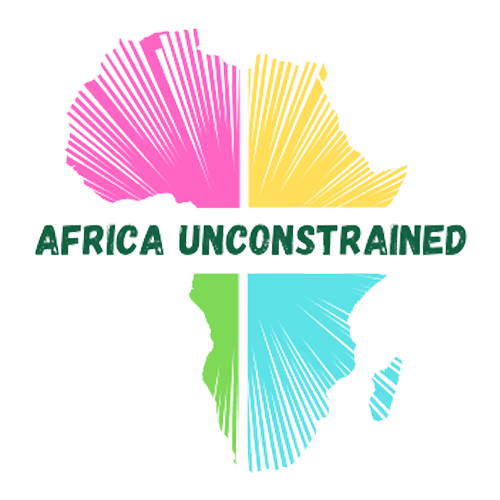
数据










在1980年代,埃塞俄比亚积累了大量债务,主要是为了购买与现今厄立特里亚的内战所需的武器。资源从生产部门转移到经济低增长中,这与1980年代十年期间的平均0.7%有关。债务增加,全球冲击导致债务利率上升以及GDP表现不佳,加之债务与GDP的比率迅速上升,1994年达到151%的峰值。该国的债务最终在2000年得到控制。如下所示,通过各种债务减免工作在2000年代。
近年来,埃塞俄比亚一直是全球增长最快的经济体之一,在公共投资和私人消费的支持下,2015年至2019年的GDP年均增长率为9.1%。从较低的基数开始,该国优先考虑通过债务融资的公共投资,这推动了制造业和服务业的增长,但导致过去十年公共债务翻了一番,达到GDP的60%。在本指南分析的所有国家中,它的最高预期增长率是2020年,为3.2%。
8.7%
经济增长
4 / 8
DR的债务透明度指数
51.6%
Gross Debt Position % Of GDP
-8.1%
Budget balance 2021
埃塞俄比亚
债务与国内生产总值之比
Despite strong growth, tax revenue as a share of GDP has consistently declined since 2014, reaching 7.5% in 2019, due to poor tax compliance in key sectors and political unrest. Nevertheless, the Ethiopian government made progress in narrowing the budget deficit to 2.5% last year through expenditure cuts and fiscal consolidation in response to lower revenue collection. Key interventions included the implementation of a Public Debt Management and Guarantee Issuance Directive to reduce borrowing by state-owned enterprises as well as a reduction in public imports.
The IMF has assessed Ethiopia’s debt sustainability rating as high risk in 2019 because of the country’s limited sources of foreign exchange in light of poor export performance. Exports represent only 7.9% of GDP, one of the lowest in Africa. The composition of exports is relatively undiversified and commodity-dependent, with low value-added vegetable products accounting for 64.7% of total exports. Partly as a consequence, Ethiopian reserves are low and vulnerable: at just $4.2 billion in 2019, usable reserves are hardly enough to cover 2 months of imports. Recognizing these issues, the government has introduced a Homegrown Economic Reform Plan (HERP) comprising macroeconomic, structural and sectoral policies to reduce instability.
埃塞俄比亚
收入与预算余额

No Data Found
China is Ethiopia’s largest bilateral creditor, with outstanding debt accounting for 32% of the latter’s public debt stock, followed by the World Bank at 31% as of 2020. However, Chinese loans represent a disproportionately higher share of total debt service at 42% due to higher interest rates associated with this source of credit. Ethiopia has borrowed from China to fund more than 50 projects, including $3 billion for the expansion of telecommunications, $2.5 billion for the Addis-Djibouti railway, $2.3 billion for hydropower plants and $1.7 billion for sugar mills.

中国债务与GDP之比
对中国的外债存量vs. 对其他国家 百万美元
No Data Found
The IMF and the Jubilee debt campaign predict that the country is at high risk of a debt crisis in 2020. The public debt to GDP ratio is forecast to rise to 80% in 2020 due to pressures on balance of payments, a 40% rise from 2019. According to the IMF, the existence of state-owned enterprises (SOEs) is a major factor leading to debt vulnerability, with no transparency in terms of access to budget frameworks and financial statements. The government has tried to address this issue through privatization, limiting SOEs’ access to non-concessional loans as well as renegotiating the grace periods and loan maturities associated with some SOE loans. However, Ethiopia dedicates the lowest share of government expenditure to servicing its debt amongst all countries analysed in this report, reflecting the low interest rates and long grace periods it enjoys on its debt.
Furthermore, the Ethiopian economy is expected to grow at a rate of 3.1% in 2021 according to AfDB’s ‘worst case’ forecast, assuming global economic recovery. This is substantially lower than the country’s pre-pandemic growth track record not just because of potentially prolonged worldwide disruptions, but also because domestically the development strategy seems to be changing based on IMF recommendations. In line with the HERP, the government aims to focus on addressing macroeconomic stability, such as keeping inflation in check as well as promoting debt sustainability, alongside greater private sector involvement. Therefore, growth may be subdued in the medium term as Ethiopia tries to take a more austere approach.
外债
No Data Found

No Data Found
Acknowledgements:
and The Development Reimagined Team
Statement on use of data:
55%
Listening Music
47%
Reading
36%
Gardening
25%
Sleeping


60%
Watching Tv
19%
Meditation




COVID-19
No Data Found


